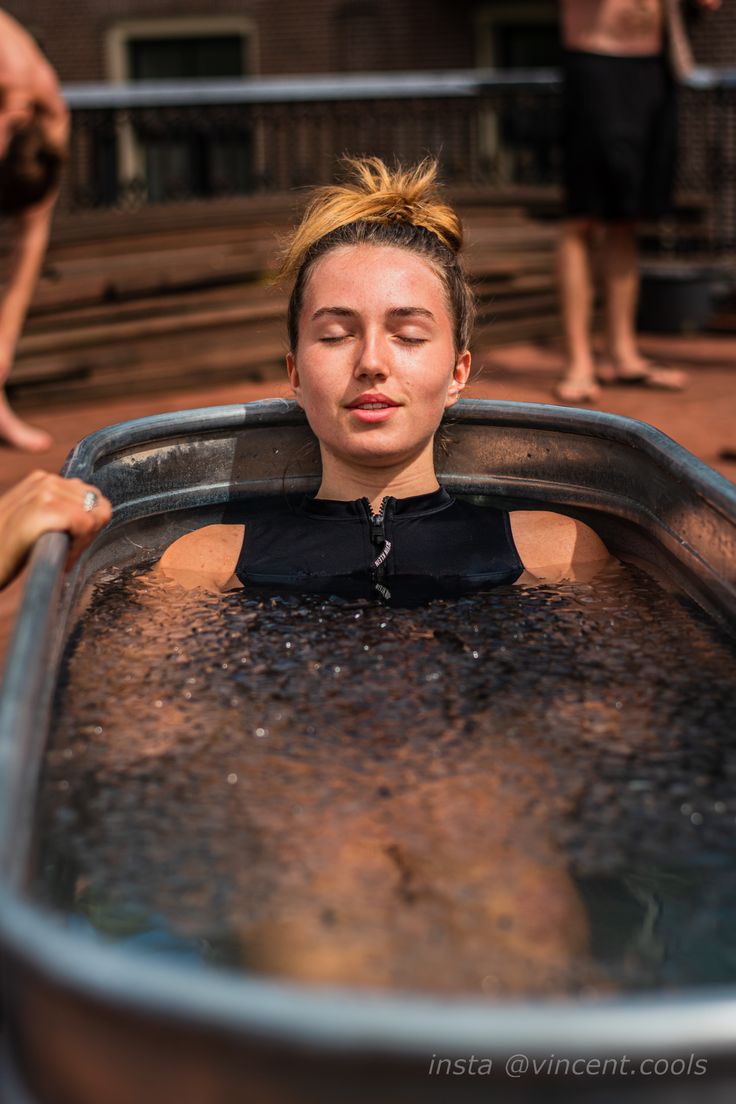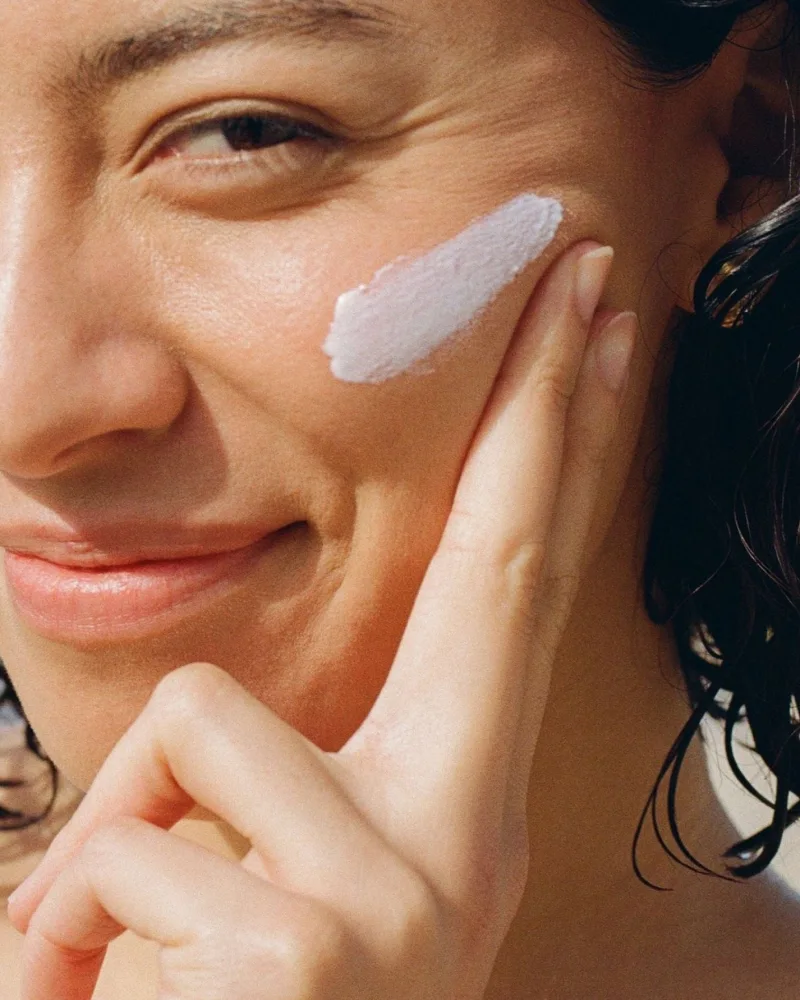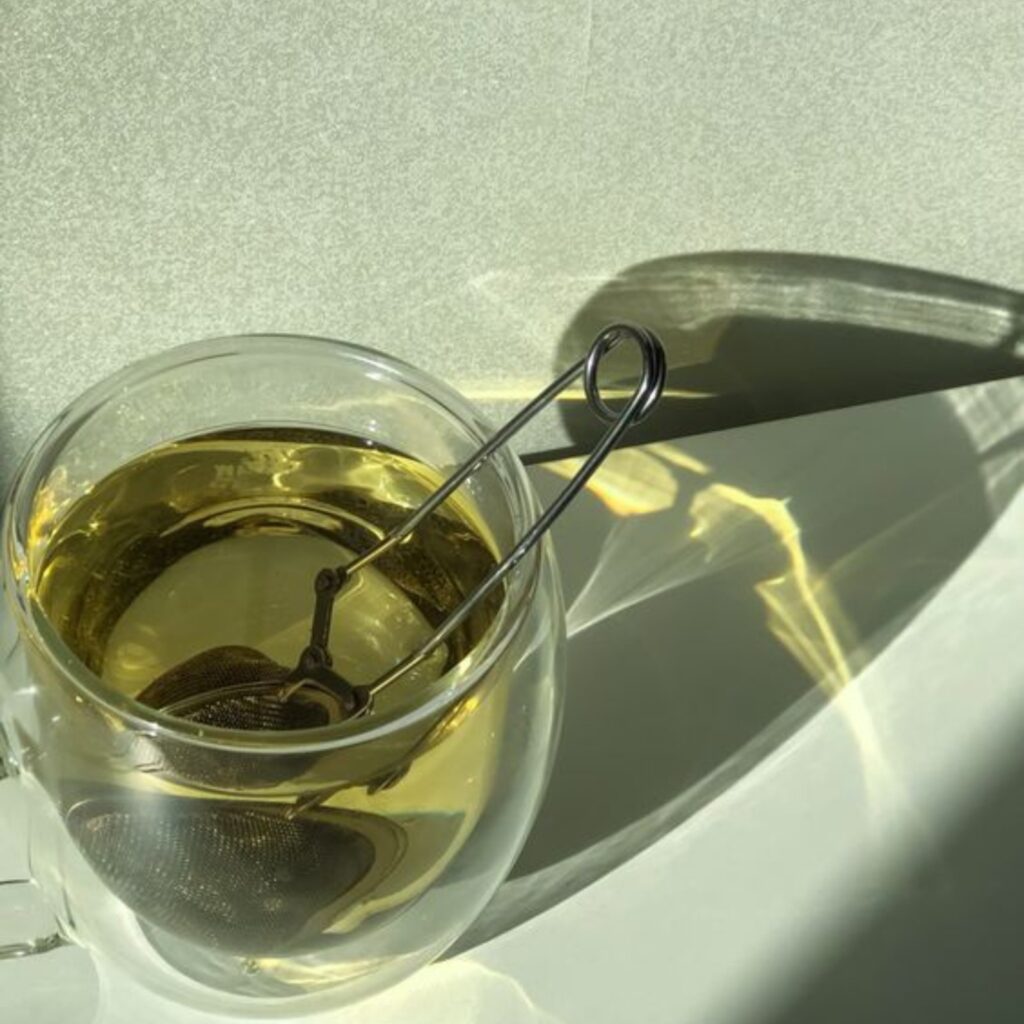
Cold plunging, also known as cryotherapy, is a practice that involves immersing your body in cold water or an ice bath. Once your body gets in, your internal temperature drops, your body heat starts to dissipate, and your blood flow changes.
Proponents suggest that cold plunging can alleviate muscle soreness, aid in workout recovery, reduce inflammation, and enhance immunity. It is also thought that it may help with mental health and anxiety.
Here’s a summary of the Benefits, Efficacy, Risks, and How-tos of cold plunging:
Workout Recovery
Effective for post-exercise recovery, reducing muscle damage and soreness.
Stress Relief
Improves mood and overall well-being. Also those who engage in this type of cold water plunging also have a heightened understanding of their health and wellness needs.
Inflammation and Pain Reduction
Constricts blood vessels, potentially easing inflammation and pain. A randomized control study found that cold plunging impacted inflammation and reduced pain in people with gout arthritis, an auto-inflammatory arthritis that generates chronic long-term pain.
Metabolism Boost
By shivering you increase metabolic rate, helping you to burn more calories at rest. Cold plunging also may help regulate blood sugar and improve insulin sensitivity.
Efficacy:
While evidence is still thin, there is some scientific support that cold plunging may have some beneficial health effects. These benefits are based on small studies. For this reason, more evidence-based scientific research documenting the potential health benefits is needed.
Risks and Side Effects:
Cold Shock: Sudden immersion can induce gasping, heart issues, and impaired mental function.
Cold shock can lead to exhaustion and difficulty moving, increasing drowning risk.
Heart Risks: May trigger arrhythmias and heart muscle damage, particularly in vulnerable populations. That’s why, the elderly as well as people with heart conditions may not be well suited for cold plunging.
How to “Cold Plunge”:
Before starting your Cold Plunge routine you should consult a healthcare provider. They can help you determine if this is a safe activity for you as well as what types of precautions you should take.
Once you are clear, begin slowly, gradually adapting your body to cold water. Taking a cool shower and gradually adjusting the temperature to a colder temperature will help you to train your body.
If you are planning to do a cold plunge outside, pay attention to weather conditions and water temperature. The perfect temperature should be between 55 and 69 degrees Fahrenheit.
Never plunge alone, especially if this is your first time participating in cold water immersion. Instead start with short durations, gradually increasing over time.
It is also important to ask a doctor, physical therapist, or other medical professional how often you should take the plunge, especially if you are doing it for health reasons or have medical conditions.
Conclusion:
Cold plunging shows promise for enhancing wellness, but its risks, particularly for certain groups, necessitate caution. If you are interested in cold plunging, it is important to talk to a healthcare provider first to determine if it is right for you.
stylisphere
most read


Influencer of the week – Maestria e ngjyrave dhe aura që terheq vëmendjen


Kafja është the new black! – Cantat më “in” të dimrit 2025





